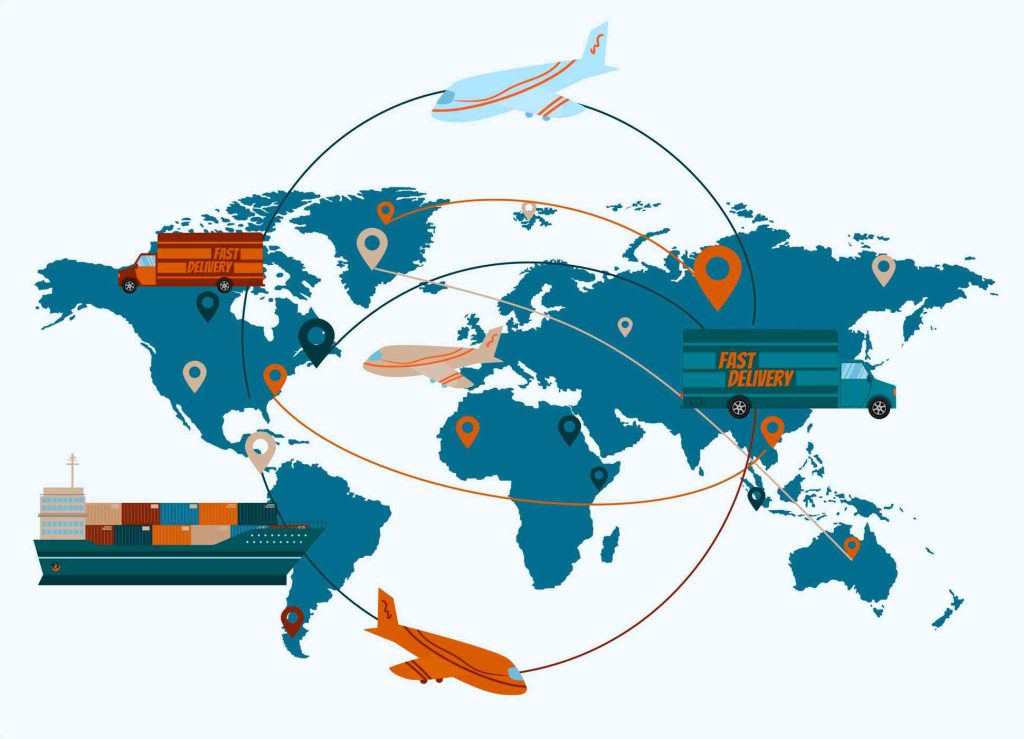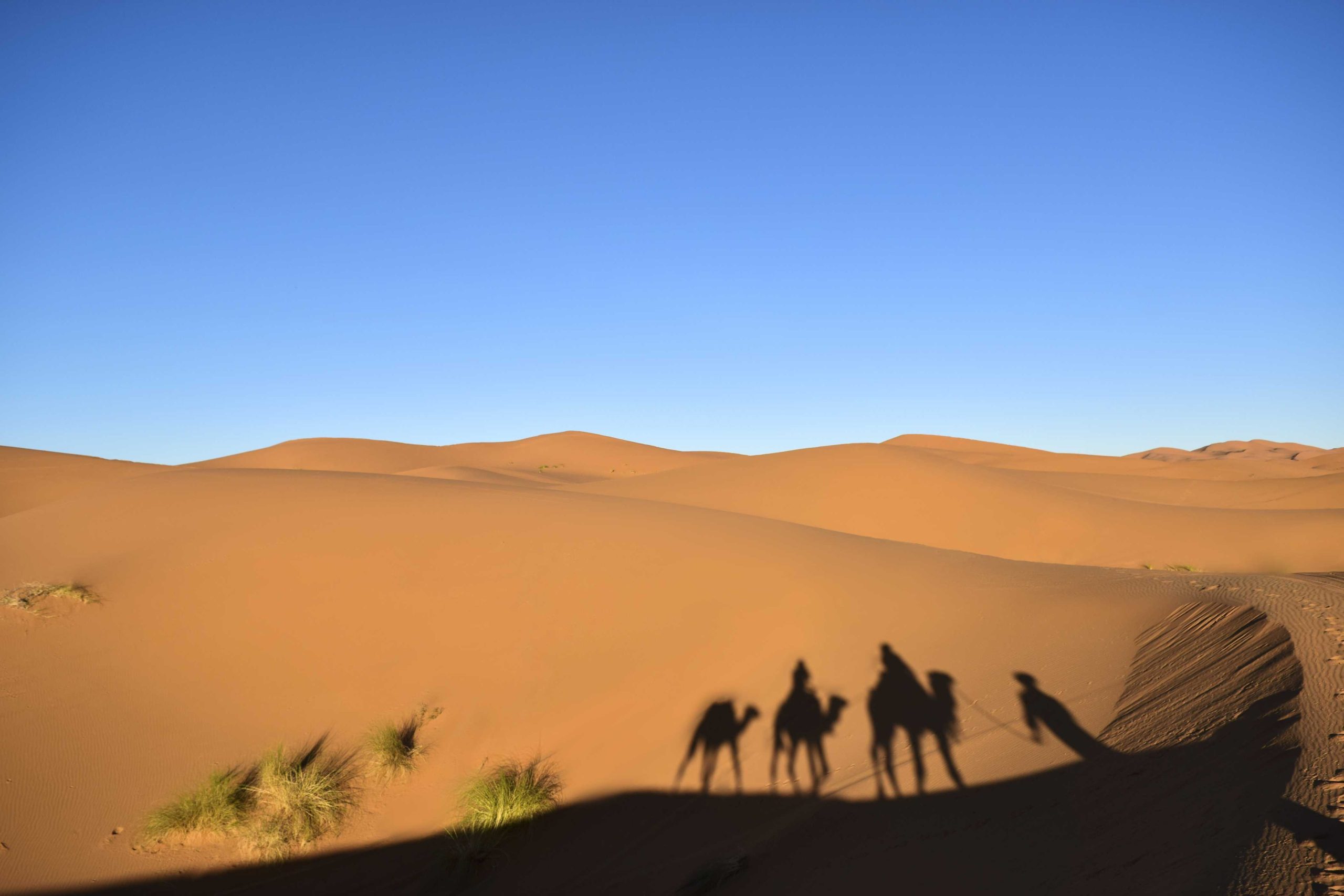Passing through the ages, trade routes are the foundations of countrysides, cultures, and issues concerned with the center themselves. Within this complex mesh, myriad trade networks connect remote regions to the other that allow flows of goods and ideas and technologies; all these have contributed largely to the development of the global economy, as we know it to be today. From ancient Silk Roads to modern maritime corridors, trade routes serve primarily as the pathways for commerce but additionally become the filters through which cultures interact and economies integrate.
This is constituted by the fact that Silk Road was the main trade route linking the two parts of the world: the East and the West, in ancient history. More than 4,000 miles long, the road enabled merchants to carry silk, spices, precious metals, and other luxury items from Asia to Europe. It is not only a channel that feeds the lust for luxury by flowing goods from one side to the other; it also causes the interchange of new ideas and techniques. The processes of paper making were imported from China and caused a revolution in communication and record keeping in Europe thus opening the doors for greater literacy and educational advancement.
These trade routes formed a more colossal linkage that extended sub-Saharan Africa to North Africa and beyond. Gold, salt, and enslaved human beings were among the traded items within these routes, promoting economic affluence in various regions and the growth of some powerful kingdoms such as the Mali Empire. Though wealthy merchant proprietors have amassed sufficient resources to enlarge their empires and cultural establishments, the wealth generated through trade is also invisible in the other forms.
Maritime technology developed and trade routes navigated through the waters, which led to the Age of Exploration in the 15th and 16th centuries. These routes were established through the efforts of explorers such as Vasco da Gama and Christopher Columbus, who opened new markets and interlinked continents-hitherto unthought-of. The formations of these routes became acutely visible with the Atlantic routes, turning Europe, Africa, and the Americas into a triangle for trade. The economic siphoning off of funds from these continents not only increased the wealth of European powers but also sows the seeds of modern capitalism.
The industrial revolution further converted the spectrum of trade by emphasizing the procurement of raw materials and hedging markets for the finished product. Railways and steamships built increased distance travel speed and efficiency so that great distances could be covered in a speed unsurpassed in history with cargo being transported. This boom in trade not only spurred economic development in industrialized countries but also brought a new kind of change in that much trade now opens labor markets across the world.
Today, with globalization, international trade routes have taken on even greater meaning. With the growth of digital platforms came virtual trade networks making instantaneous transactions possible across borders. It is for this same reason that trade among countries has been further facilitated by modern agreements and organizations such as WTO. This netting spurred countries on specializing more in particular industries with thus an increase in efficiency and innovation.
Alas, not all are good with these routes of trade. Alongside the hyperspeed benefits of more trade, one has to contend with issues such as labor conditions, the environment, and even geopolitical tensions in these spheres. Proliferation of international trade brings the added advantage of being forced to deal with these issues on a sustainable economic development basis.
Certainly, the trade routes have changed the world economy in so many ways, facilitating the exchange of goods, ideas, and cultures from one place to another throughout history. Such trade routes have influenced economies: the distribution of wealth, advances in technology, and even in social structure. Grasping the whole historical significance of such routes gives one whose eyes are open a glimpse into the very deep complexities that are today shaping the economic ground. Besides, it shows that the industry today will ever need fair, equitable, and sustainable trade. The future acknowledgement of the interconnectivity of humans would be very vital with regard to all the issues and boom that they will offer in the future with regard to global trade.






